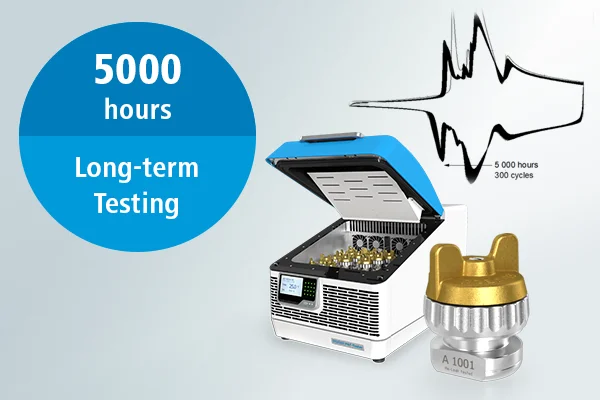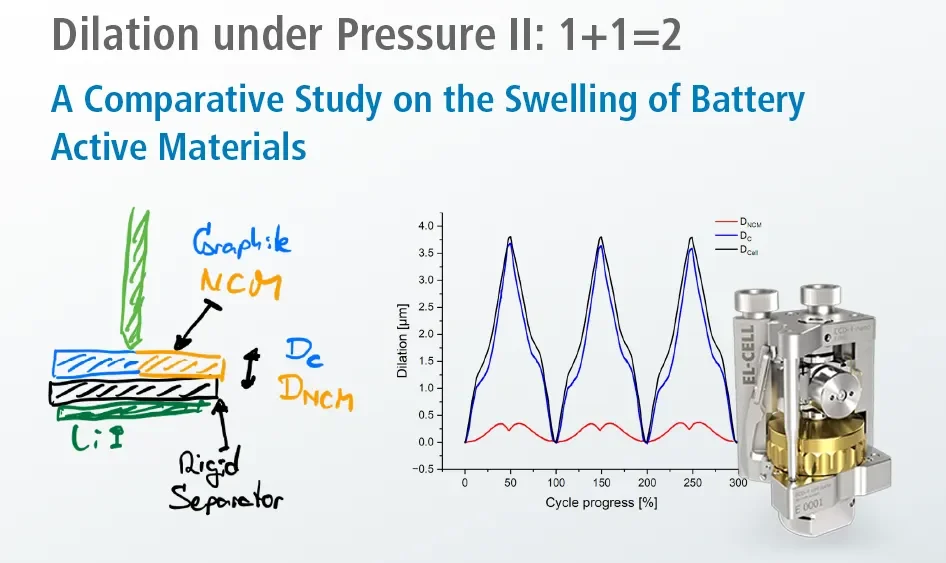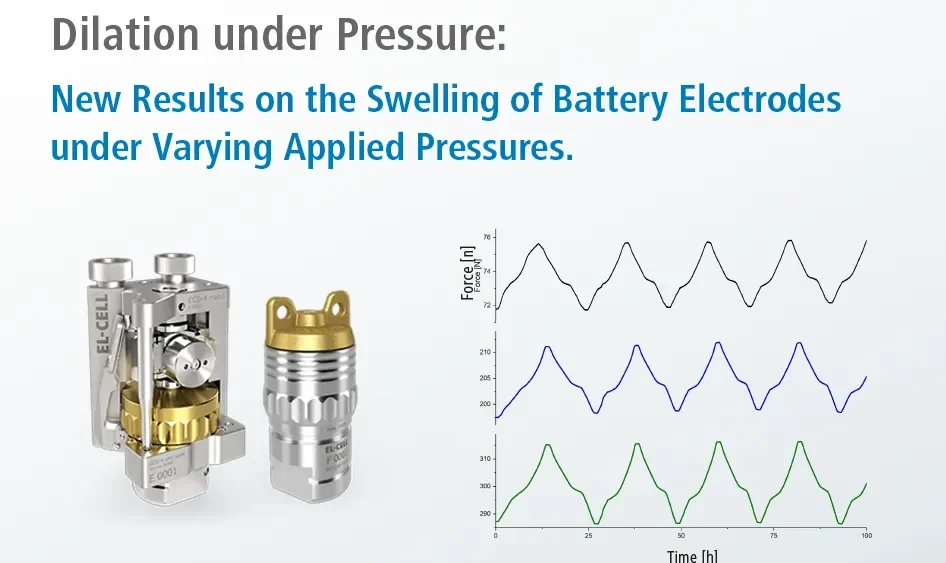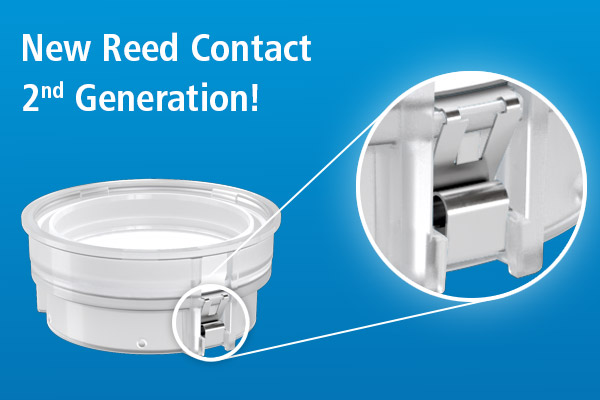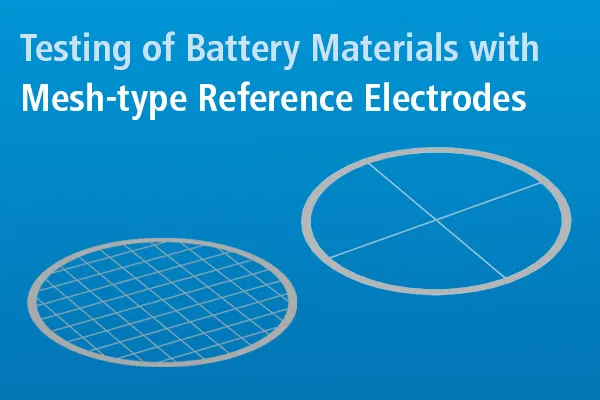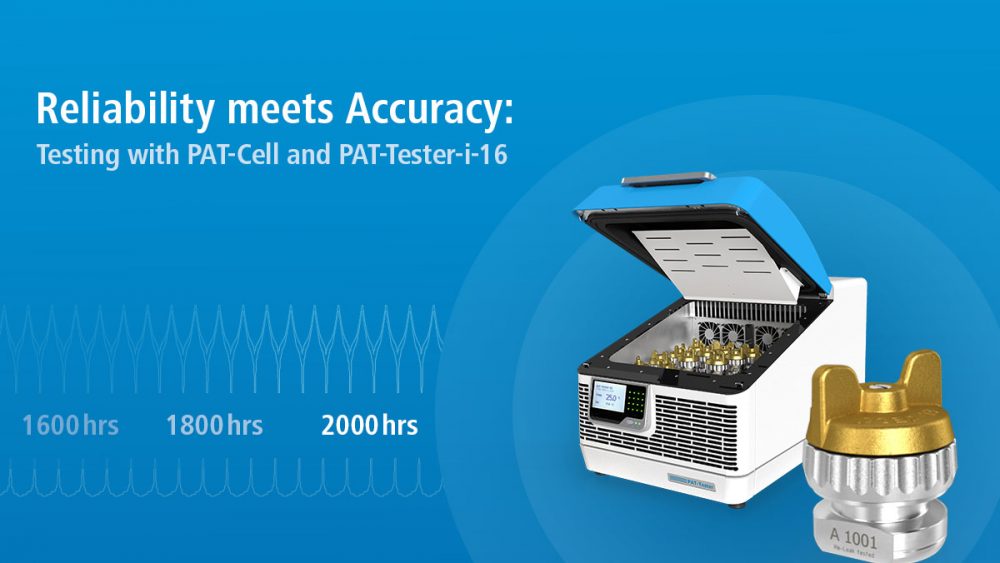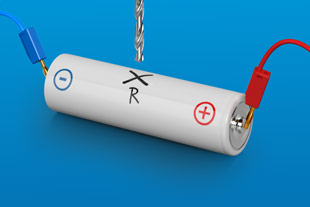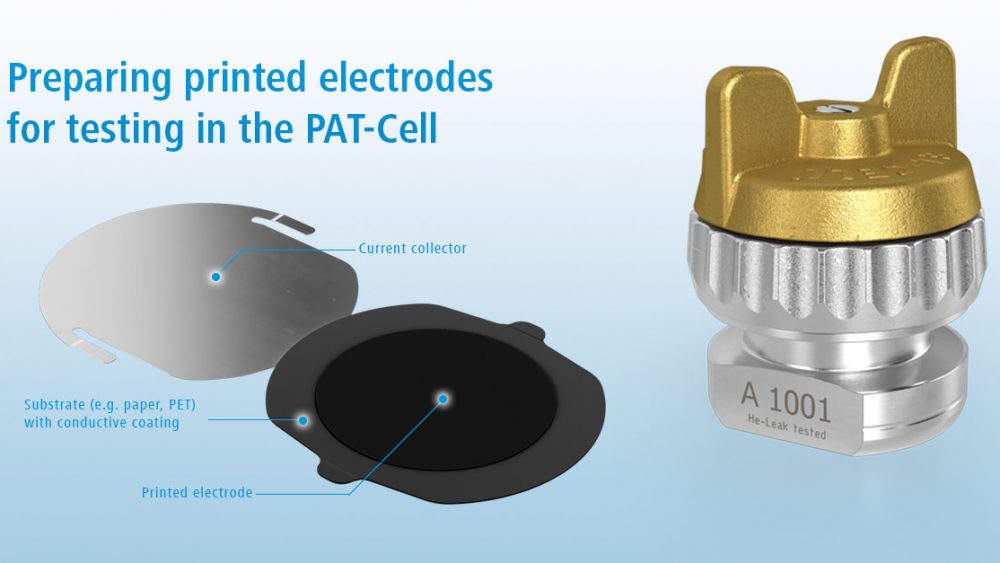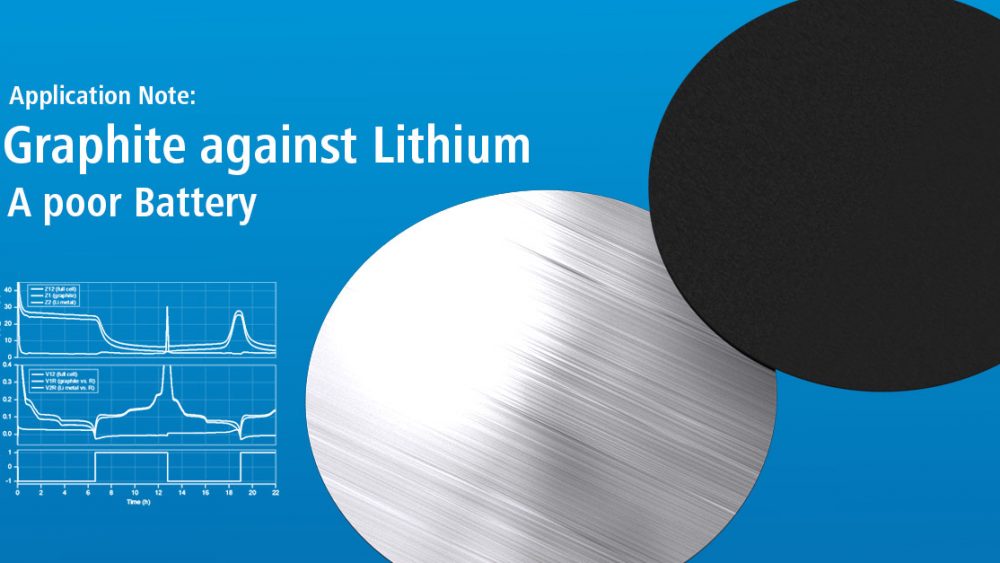New 5000-hour Sample Test Results Some time ago, we demonstrated the outstanding reliability and accuracy of the PAT-Cell, our standard 3-electrode battery test cell, in combination with our PAT-tester-i-16 potentiostat, with a 2000-hour measurement. In this new sample test, we have once again cycled a PAT-Cell in a PAT-Tester-i-16 but... read more →
Dec
04
Oct
16
In this work, we present a comparative study on the dilation of standard battery active materials: NCM (111) and graphite. We obtained the half-cell dilations of both electrodes by using the ECD-4-nano electrochemical dilatometer. Additionally, we measured the full-cell dilation of a cell built with both materials mentioned above and a... read more →
Oct
10
In this work, we present a novel approach to investigating the dilation of battery electrode materials under varying pressures applied onto the cell stack. For that, the PAT-Cell Force was used, along with specially designed spring yokes that have precisely defined spring characteristics. The PAT-Cell Force is equipped with a... read more →
May
02
Further Improve Your Measurements with the New Reed Contact Generation! It may seem inconspicuous, but the reed contact is a central element in every PAT-Core, as it transmits the signal from the reference electrode to the contact pin of the PAT-Cell and, via this, to the potentiostat. A stable mechanical... read more →
Aug
01
Testing of Battery Materials with Mesh-type Reference Electrodes A long time ago, we advertised to use a finger-type (aka wire-type) reference electrode. Everything we wrote still holds. However, the bad news is that the finger-type reference electrode is no longer available. The good news is that we now have an... read more →
Jul
05
Comparing Seal Materials: When should I use aluminum or PE seals? The battery test cells in the PAT series are characterized by their high impermeability to the outside atmosphere. This increases the long-term stability of the cell chemistry and enables long-term measurements over several thousand hours. (See example here.)... read more →
Oct
20
Reliability meets Accuracy: Testing with PAT-Cell and PAT-Tester-i-16. We want to show the results of our last long-term measurement (2000 hours) with the PAT-Cell. The PAT-Cell is our reliable and well-proven workhorse for efficient three-electrode measurements in the field of battery material research. In this measurement, five PAT-Cells were... read more →
Apr
16
Testing materials for lithium-ion batteries A battery is a can with two terminals named plus and minus, or 1 and 2. Testing this battery means that you apply either a voltage (V12) profile or a current (i12) profile across the two terminals, and measure the corresponding current or voltage... read more →
Sep
11
What is a printed electrode? A printed electrode can be fabricated using techniques such as screen printing or inkjet printing which offer the advantage to produce structured electrodes. The electrode layers are printed onto a suitable substrate. These substrates can be divided into two categories: (i) insulating substrates such as... read more →
Sep
04
In our last application note we took a closer look at the cathode "half-cell" of the lithium-ion battery, which in our case was NCM against lithium metal. It turned out, that the lithium metal electrode is under some conditions the bottleneck of charge transfer, especially at the vertex points of... read more →



